5 Things to Do When AAC Learners are Inconsistent
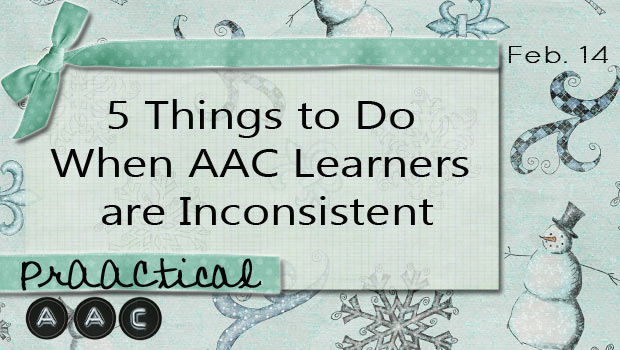
We’ve had some interesting conversations recently with colleagues who firmly believe that AAC learners have to be consistent in the use of their new skills before it’s appropriate to move on. We disagree.
There are times when consistency is essential. Crossing the street? Fine. No parent or professional is going to let a learner do that alone until they’re 150% consistent. But for most other things that we teach, it doesn’t make sense to focus on consistency. Here are some of our prAACtical ideas for what to do if you work with learners who are inconsistent in using their AAC skills.
1. Understand it. Inconsistency is a part of the learning process, and not a sign of failure, incompetence, or ‘stubbornness.’ (Ugh! I can’t even write that without that prickly feeling at the back of my neck.) Think about developmental norms for speech sound acquisition. Remember those charts of when sounds should be produced? That’s about mastery. So if a child should master a sound at age 5, what do you think was happening from age 1 through 4.11? They were learning it, right? And producing it inconsistently. Same with many other language constructs. Inconsistency can be a function of of the learning process.
2. Anticipate it. If we know that being inconsistent is part of the learning process, then we can expect to see it. We can also prepare others for it. “Look, Mrs. M, Jonah’s probably going to do it sometimes and not others for a long while. It’s nothing to worry about. Most kids go through that. Don’t let it bother you-Just keep going.’
3. Get over it. Focus on other things. Unless you feel certain that it is essential to master this skills before learning anything else, turn your attention to a different skill. Chances are, there are a million other things you’ve been dying to teach this learner. Go there. The more you focus on consistency, the more elusive it becomes.
4. If you do need to address it, do it by addressing the root of the inconsistency. If the learner is still struggling with the motor plan, maybe you can provide massed practice on the skill for awhile. If they’re bored with or feel demeaned by the activities, change them up. If there is something about the physical set-up that is making this skill overly challenging, determine if it makes sense to adjust. If they are being made to ‘perform,’ educate the communication partners as to why that is a very bad idea for most learners. If you and the team reflect on WHY the skill is used sometimes and not others, chances are that you will be more successful in identifying the best next steps.
5. Write goals that focus on progress, not mastery. If we focus on mastery, we risk holding our AAC clients back from learning other language and literacy skills. My CF was spent with adults in their 30’s-50’s who were still working on early cognitive and communication skills, so I know a bit about what happens when we stay focused on mastery. It postpones access to other learning opportunities. Ask yourself: Is it worth it? Is it SO important that they are consistent with skill X that we put other teaching on hold?
Here’s the deal: we are ALL inconsistent in most things. Observe those around you. Think about yourself as a learner. There are skills we have that we don’t use at every potential opportunity. And yet, we’ve managed to grow up, go to grad school, raise families, have careers, make friends, etc. We’re inconsistent, but we’re okay. And, if we don’t hold them back, our AAC learners will be, too.
Filed under: PrAACtical Thinking
Tagged With: consistency, five
This post was written by Carole Zangari

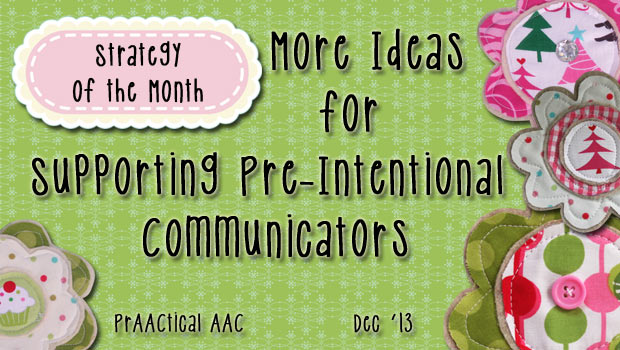
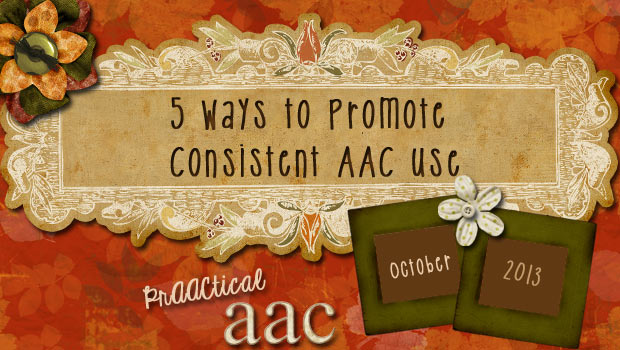
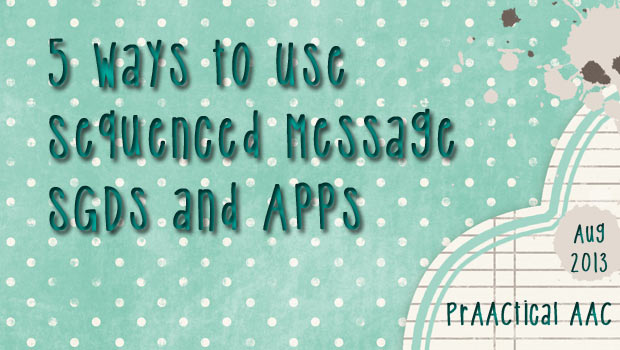
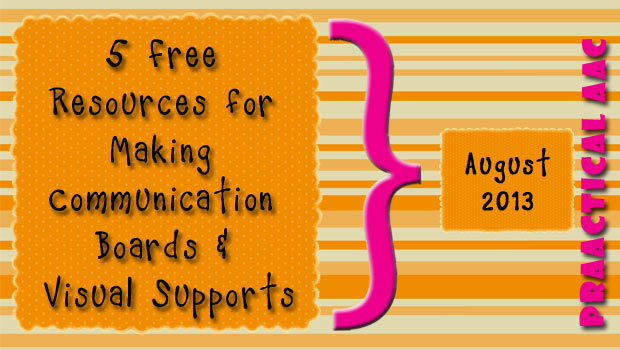
5 Comments
A complex issue- when I consider people with ASD, you have given much food for thought
This article gives me more confidence the way I work with my kids. Thank you .
Hi!
Well, I’m going to add something that I think you’re missing (yes, even someone that doesn’t have the same letters after their name can make a valid point 😉
That is, backing up to a more successful starting point. Over and over I see people attempting to implement Proloquo2Go or a higher level AAC app, when, in fact, the learner is functioning at a 0-3 year level. Rather than ‘back up’ to an app that is more about *training* than “using”, they will, well, actually, do a lot of the things you recommend.
My advice is to back up to a place where they are successful *right now*, and then advance from there. Hence the need, in my humble opinion, for an AAC *training* app, and that’s what my Point To Pictures (PTP) is and has been, since 1986.
I’d be happy to supply you with a Redeem Code but just get the free Lite version and you’ll instantly be able to see what I mean, I believe.
Unfortunately, people are very reluctant to ‘back up’ so they bump against a learning barrier, doing what you advise above, over and over. Simply backing up to a successful point and then moving forward from there usually solves things.
Just my humble opinion 😉
RJ 🙂
This article was really interesting. I’m an SLP student graduating in May. I have experience working with kids with AAC, and I currently work with some students with high tech AAC in my externship, but I’m certain the focus is on consistency and mastery at my placement. Can someone elaborate more on what is meant by goals that focus on progress as opposed to mastery? Thanks
RJ,
As a fellow commenter w/o many letters yet but experience with students who use high-tech AAC, I see where you’re coming from, and I sometimes feel like students need to “back up” a little bit so they can be successful, for instance when they are first presented TouchChat or LAMP with the full vocabulary unmasked when it might be overwhelming or they’re trying to explore this huge amount of vocabulary while all of their teachers and therapists are expecting them to communicate on topic to access the curriculum. However, I think starting kids off at a simpler “training” app, like the one you describe, with the intention of switching later, defeats the purpose of developing a specific motor plan (which is SO important!!!), or even acclimate to visuals/icons. If you feel like “backing up” is necessary, maybe masking during massed practice activities might be a better option so the AAC platform remains the same.
Thank for mentioning “stubborn” . I hear this as an SLP too and it also makes the hair stand up on the back of neck . !!!